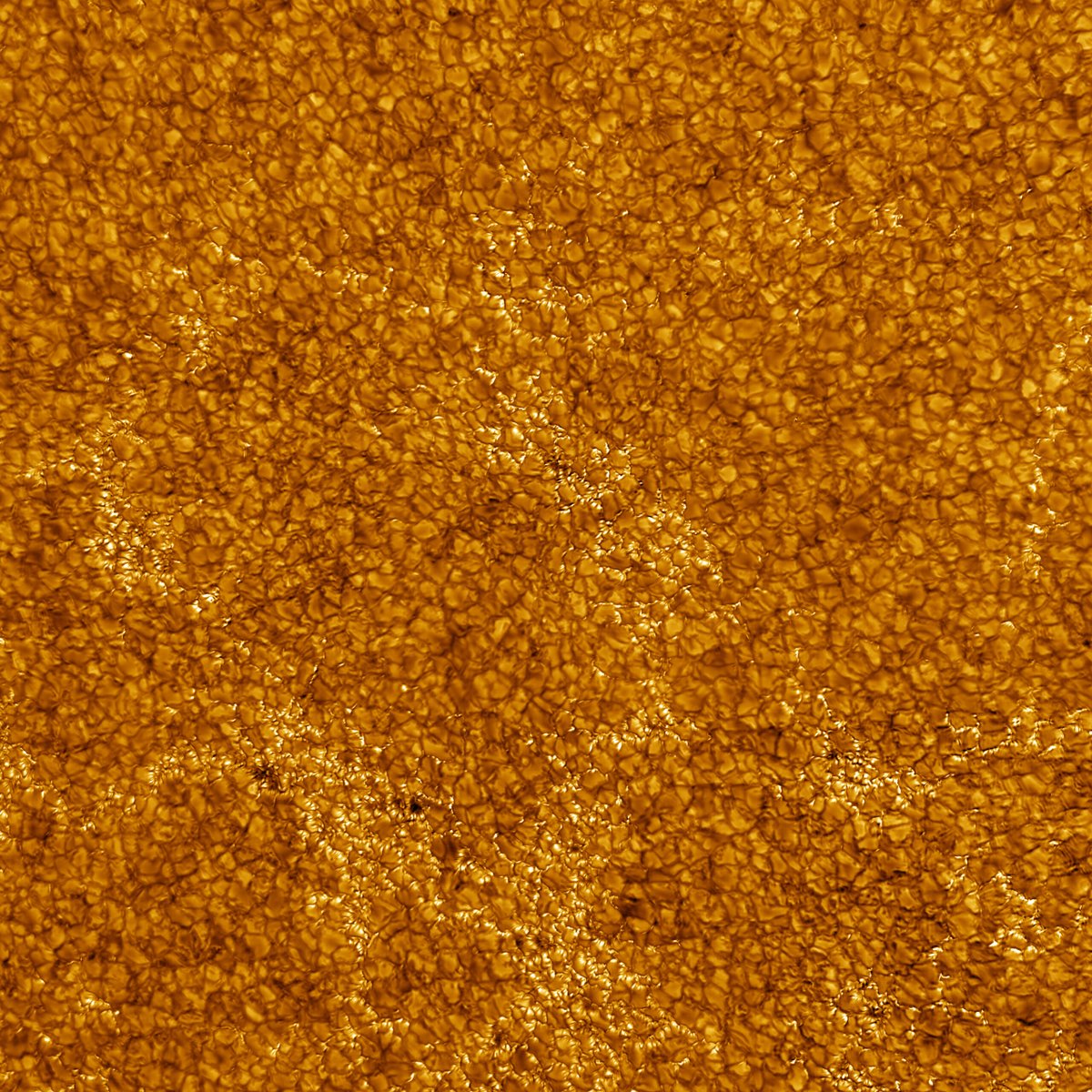Today’s the day – #JWST starts spreading the wings around its eyes 👀
And yes, I know this joke would make more sense if this was a pit viper rather than a cobra, but they don’t have a deployable hood 🐍🤷♂️
1/
And yes, I know this joke would make more sense if this was a pit viper rather than a cobra, but they don’t have a deployable hood 🐍🤷♂️
1/
That is, cobras are members of the elapid family of snakes, whereas pit vipers, including rattlesnakes, are from the crotaline family.
And what pit vipers share with boas & pythons is an ability to sense the infrared, which cobras lack.
2/
And what pit vipers share with boas & pythons is an ability to sense the infrared, which cobras lack.
2/
Not with their eyes, but via specialised “pit organs” near their snout. These hold a thin membrane with many nerve endings & blood vessels: the former sense infrared light (aka heat) between 5 & 30 microns, & the latter cool the membrane to refresh it.
en.m.wikipedia.org/wiki/Infrared_…
en.m.wikipedia.org/wiki/Infrared_…

This is pretty much the same thermal-infrared part of #JWST’s mission that’s covered by the MIRI instrument, which works from 5–28.5 microns, while NIRCam, NIRSpec, & NIRISS all work in the shorter wavelength range of 0.6–5 microns.
4/
4/
Pit vipers, boas, & pythons use these infrared sensitive organs to detect the heat coming from warm-blooded prey, with a sensitivity to temperature differences as small as a thousandth of a degree Celsius. The latency of the vision is about 100–150 milliseconds, so ~6-10fps.
5/
5/
The deep pit acts as a pinhole camera to form a kind of image on the membrane, but it’s thought the spatial resolution isn’t that great.
It’s also believed the pit organs help the snake with thermoregulation, finding cool places to hide, not just with hunting.
6/
It’s also believed the pit organs help the snake with thermoregulation, finding cool places to hide, not just with hunting.
6/
Returning to the reptile/astronomy analogies, visible light is detected in eyes via photochemical reactions, whereas snakes detect IR light via a temperature-sensitive protein in the pit membrane.
That makes them kind of bolometer cameras, like SCUBA-2 on the JCMT.
7/

That makes them kind of bolometer cameras, like SCUBA-2 on the JCMT.
7/


One story I love about pit vipers is that some of their prey have evolved infrared countermeasures in response.
California ground squirrels have large bushy tails that they can flush with blood for thermoregulation purposes.
8/
California ground squirrels have large bushy tails that they can flush with blood for thermoregulation purposes.
8/

They also use their tails to warn off predators, particularly snakes, in a display known as “flagging”.
9/
9/
The amazing thing is that when presented with non-IR sensitive gopher snakes, they don’t flush their tails with blood, but faced with rattlesnakes, they do, making their tails glow in the infrared, as seen in thermal imaging experiments.
10/
newscientist.com/article/dn1247…
10/
newscientist.com/article/dn1247…
The point is that tail flushing costs energy in lost body heat, so the squirrels know only to bother when the snake confronting them is IR sensitive & might be better distracted by an additional IR signal. Here’s the research paper by Rundus et al.
11/
pnas.org/content/104/36…
11/
pnas.org/content/104/36…
As an amusing side note, when I was working on my PhD many aeons ago, I calculated that a pit viper strapped to the back of the 3.8m diameter UK Infrared Telescope on Maunakea would have the sensitivity to detect Eta Carinae, one of the brightest IR sources in sky.
12/
12/

And I proposed that if our then shiny new IR camera, IRCAM, with its 3,596 pixels didn’t work, we could always attach an array of thousands of rattlesnakes to the back of the telescope & measure when each rattled their tail to build up images.
Still keen on the idea, tbh.
13/
Still keen on the idea, tbh.
13/
Sorry – I have quite comprehensively derailed my own thread. Oh well 🐍🙂
The bottom line is that the very IR sensitive #JWST is due to deploy the first of its two primary mirror wings today – the final major step before we move to alignment, phasing, & commissioning 🤞👍
14/14
The bottom line is that the very IR sensitive #JWST is due to deploy the first of its two primary mirror wings today – the final major step before we move to alignment, phasing, & commissioning 🤞👍
14/14
• • •
Missing some Tweet in this thread? You can try to
force a refresh










